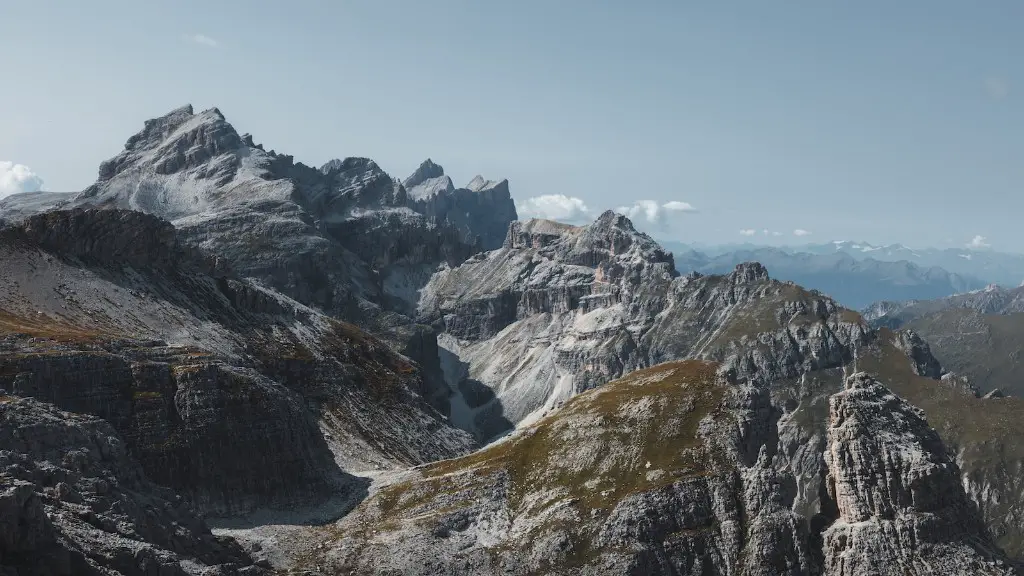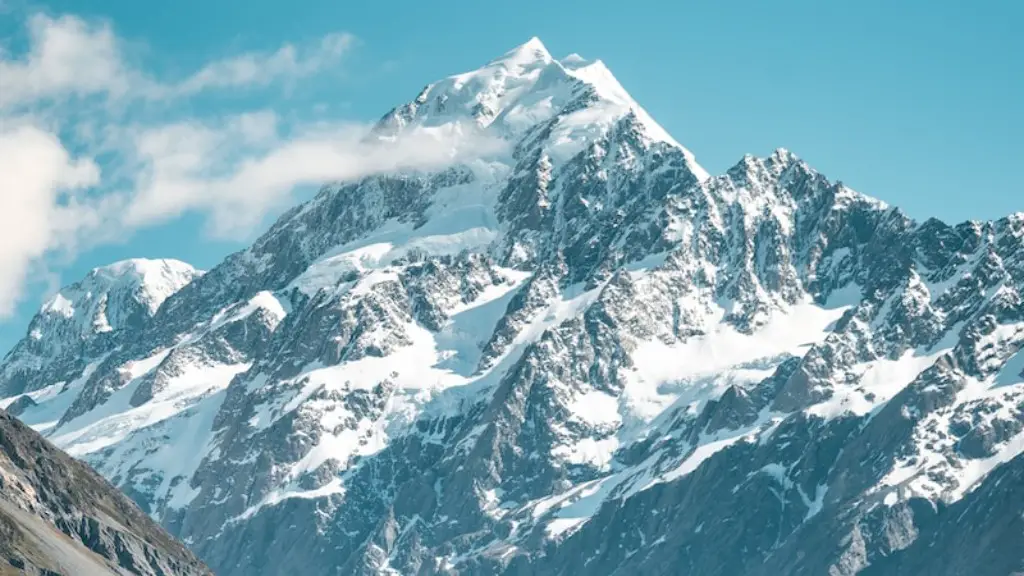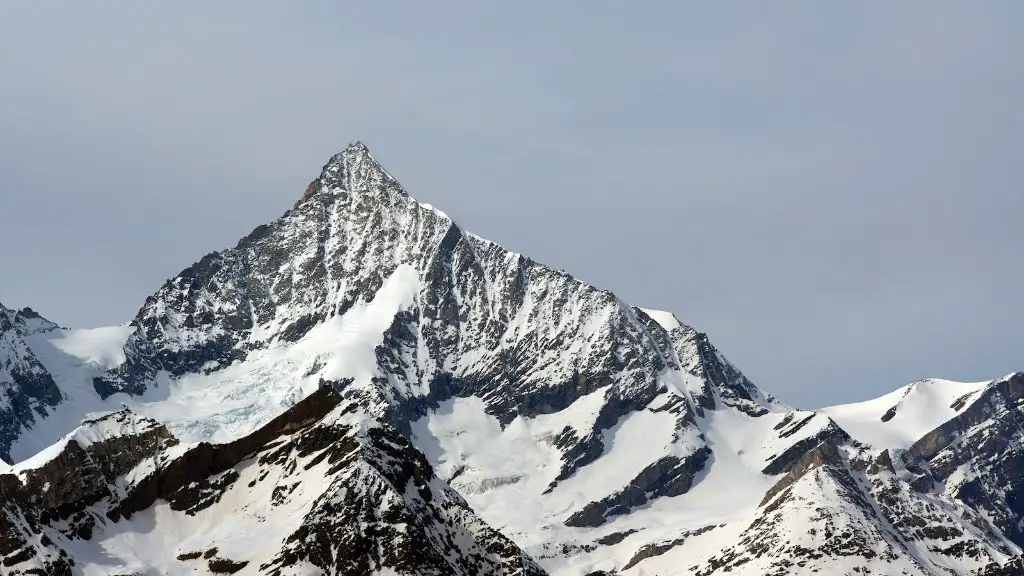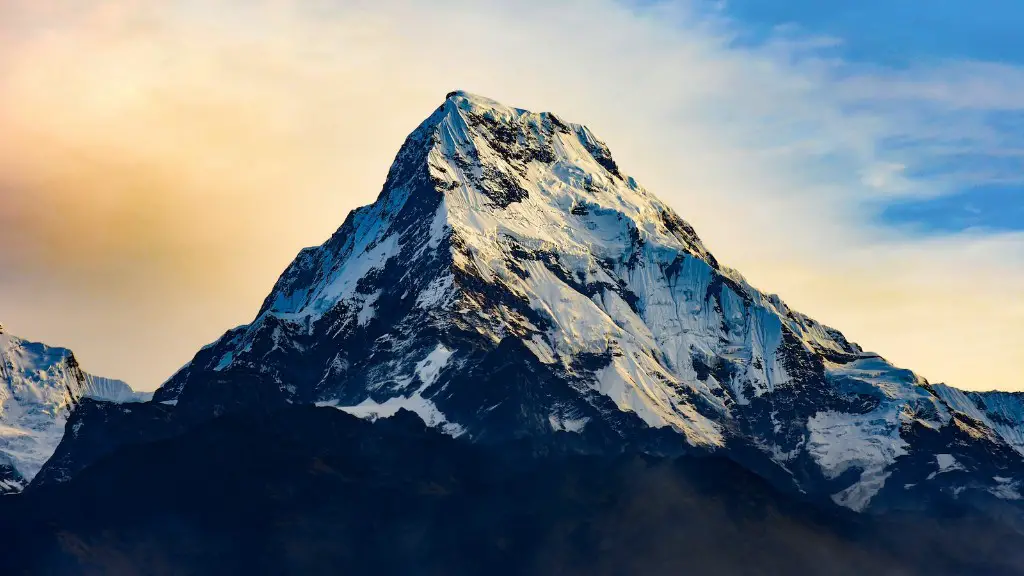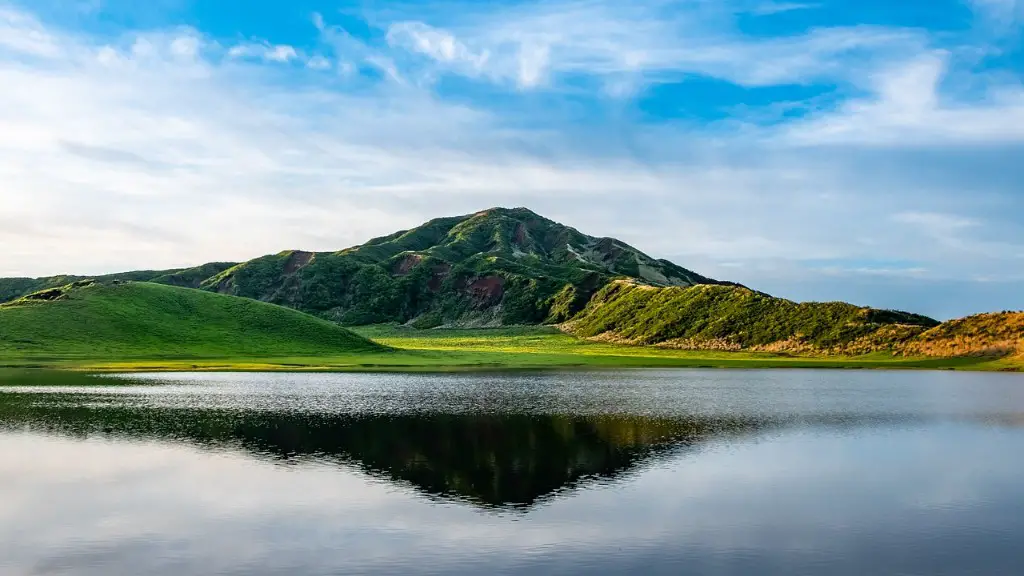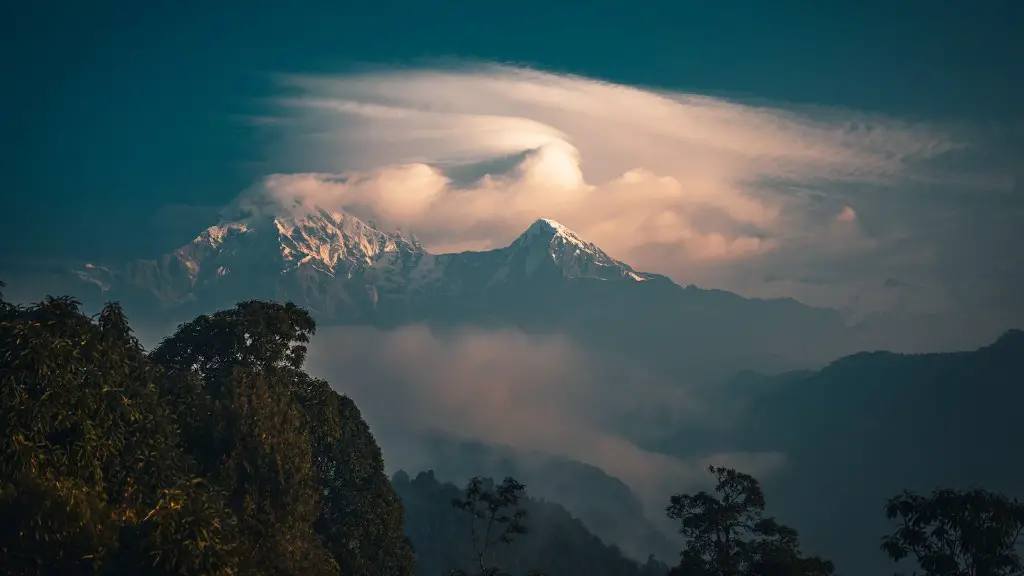Mount Kilimanjaro is the tallest free-standing mountain in the world, and is one of the most popular tourist destinations in Africa. Every year, thousands of people flock to Tanzania to attempt to climb to the summit of Kilimanjaro.
Although Kilimanjaro is not an technical climb, it is still a formidable challenge. The summit is reached by a long, strenuous hike that takes several days. The altitude also poses a risk, as Kilimanjaro is one of the highest mountains in the world.
There are a few things that potential climbers can do to prepare for a successful ascent of Kilimanjaro. First, it is important to build up your endurance by doing long hikes in the months leading up to the climb. It is also important to acclimatize to the altitude by spending time at high altitudes before attempting to summit Kilimanjaro.
Finally, it is crucial to be well-prepared mentally and emotionally for the challenge. The climb can be tough, both physically and mentally, so it is important to be in a good headspace before starting the ascent.
If you are thinking of climbing Mount Kilimanjaro, following these tips will help you prepare for a successful
– First and foremost, make sure you are in decent physical condition and have no health issues that could complicate things.
– Secondly, get the proper gear and equipment. Good quality hiking boots, plenty of layers for different weather conditions, and a strong backpack are key.
– Finally, do your research on the route you will be taking and make sure you are mentally prepared for the challenges ahead.
How do I get in shape to hike Kilimanjaro?
Hiking up and down hills with weight is by far the best training you can do to prepare for a hike up Mount Kilimanjaro. Try to build up from 3 hour to 8 hour hikes once a week. Taking regular and increasingly longer hikes will help develop the muscles that you need when you arrive on the side of Kilimanjaro.
If you want to climb Kilimanjaro, you will need to do some specific training to prepare for the hike. You should plan to train for at least three to four months, gradually increasing your hike time, distance, and elevation gain each week by about 10%. This will help you build the necessary conditioning to safely and effectively trek to the summit.
Can a beginner climb Kilimanjaro
Mt. Kilimanjaro is one of the most popular tourist destinations in Africa. Every year, thousands of people from all over the world travel to Tanzania to climb the famous mountain.
The answer to the question “Can beginners climb Kilimanjaro?” is a resounding yes! However, to have the best Mt Kilimanjaro climbing experience as a beginner, you should be fully aware of the conditions, seasonal climates, costs, and requirements to prepare yourself for this challenge.
Before you start your journey, make sure to do your research and plan accordingly. This will help ensure that you have a safe and enjoyable experience while climbing Kilimanjaro.
The Climb is a hike, so no specialist climbing skills are necessary. You must have done extensive hill-walking or aerobic exercise in the run-up to your Kilimanjaro Climb. If you do not currently enjoy a good level of fitness it may take many months of training to reach a suitable level of fitness to enjoy the walk.
Can inexperienced climbers climb Kilimanjaro?
Kilimanjaro is a walk-up mountain, which means that no technical skills or equipment are necessary to reach the summit. However, this does not mean that the climb is easy. Kilimanjaro is a very large mountain, and the altitude can be challenging for even experienced hikers.
While both the Kilimanjaro and Everest Base Camp treks are challenging, most people feel that Kilimanjaro is the more difficult of the two. The main reason for this is summit night – it’s a biggie. While the Everest Base Camp trek may have some sections that are more difficult than Kilimanjaro, the overall feeling is that Kilimanjaro is the more challenging trek.
How far do you walk each day on Kilimanjaro?
Most people trek up to the summit of Mount Kilimanjaro in 5 or 6 days,spread out over the course of a week or more. The full day is 12 – 14 hours of trekking and covers 112 miles/ 181km 1,245m/ 4,084 feet up the mountain from Barafu or 1,095m/ 3,592 feet up from Kosovo Camp to the summit. You then have 2,795m/ 9,169 feet down hill all in the same day.
Climbing Mount Kilimanjaro is no small feat and should not be taken lightly. Proper preparation is key to having a successful and enjoyable climb.
Physical exercise is important, and a routine should be at least 4 times a week, and include aerobic exercises, strength training and hiking. The aerobic exercises will help get your heart and lungs in shape, while the strength training will help build the muscles you’ll need to carry yourself and your gear up the mountain. Hiking will also help you get used to being on your feet for long periods of time and carrying a backpack.
In addition to physical preparation, it is also important to acclimate yourself to the altitude. This can be done by spending time at high altitudes before your climb, if possible. If not, then make sure to give yourself plenty of time to adjust to the altitude once you begin your climb.
Lastly, be sure to pack all the necessary gear and supplies for your climb. This includes things like proper clothing, a first aid kit, enough food and water, and any other items you might need.
By following these tips, you’ll be well on your way to having a safe and successful climb up Mount Kilimanjaro.
Do you need oxygen to climb Kilimanjaro
Kilimanjaro’s altitude can be a significant challenge for climbers, but supplemental oxygen is not necessary to reach the summit. The key is to use the acclimatization method of slowly climbing higher during the day and then descending to a lower altitude to sleep at night. With this method, climbers can successfully reach the summit without the need for oxygen tanks.
On summit day, you’ll need to hike for around 12 to 16 hours in order to reach Uhuru Peak, the summit of Kilimanjaro. This is because your hike from the previous night’s campsite will take around six or seven hours, and then you must descend a long way back down to the campsite. Most days you’ll only hike for four to six hours, so make sure you’re prepared for a long day on summit day!
How much money do you need to climb Kilimanjaro?
The cost of climbing Mount Kilimanjaro varies depending on the tour operator, with budget options starting at around $2000 and large Western travel agents selling outsourced climbs for up to $6000. There are various, unavoidable fixed costs to any tour operator, so if a climb seems too cheap, it’s important to ask why. Make sure you do your research before booking to ensure you get the best deal possible.
January and February are two of the best months to climb Mount Kilimanjaro. The weather is warm and clear, making for great conditions. However, clouds may appear in the afternoons and you may experience some rain.
What fitness level is Kilimanjaro
Climbing Kilimanjaro is a strenuous activity and you should be sure that you are in good physical fitness before attempting it. Additionally, it is recommended that you have experience with multi-day trekking or walking trips before taking on Kilimanjaro. This will help ensure that you are prepared for the challenge and will increase your chances of success.
If you’re planning on trekking up Mount Kilimanjaro, be aware that the tropical location means there is a risk of malaria. Many climbers take antimalarial drugs as a precaution, and it’s also a good idea to continue taking them after you descend, especially if you’re visiting game parks or staying at lower elevations.
Can you breathe at the top of Mount Kilimanjaro?
Kilimanjaro is one of the world’s tallest mountains, and it is most common for climbers to experience altitude sickness at heights above 2400 metres. The peak of Kilimanjaro is nearly 6000 metres above sea level, and at this height, the air pressure is less than half that of sea level. This can cause difficulty in breathing, and has been said to be comparable to ‘working with only one lung’. Altitude sickness can be avoided by acclimatising to the altitude gradually, and by taking rests frequently.
Mt. Kilimanjaro is one of the most popular mountains in the world with an estimate of 50,000 trekkers trying to reach the summit every year. However, research indicates that the average summit success rate is only 65%. The Climb Kilimanjaro Guide states that this average is across all climbers and routes. Despite the low success rate, people continue to be drawn to the challenge of reaching the summit of Mt. Kilimanjaro.
Conclusion
In order to successfully climb Mount Kilimanjaro, it is important to be prepared both mentally and physically. Here are a few tips on how to prepare for the challenge:
1. Do your research. Make sure you are aware of the altitude, the weather conditions, and the level of difficulty of the climb. This will help you set realistic expectations and be better prepared both mentally and physically.
2. Get in shape. Kilimanjaro is a physically demanding climb, so it is important to start training several months in advance. Work on building your endurance and strength by doing cardiovascular and strength-training exercises.
3. Pack the right gear. Be sure to pack essential items like proper clothing, sunscreen, a hat, sunglasses, and a first-aid kit. It is also important to have the right gear for the specific route you will be taking.
4. Acclimatize to the altitude. It is important to slowly acclimatize your body to the high altitude by spending time at lower altitudes before beginning the climb. There are a number of ways to do this, such as spending time in a high-altitude simulated environment or by taking a gradual ascent up the mountain.
5. Be mentally
Mount Kilimanjaro is one of the seven summits, and is one of the most popular climbs in the world. Preparation is key to successfully reaching the summit, and there are a few things to keep in mind. First, it is important to train and be in good physical shape before attempting the climb. Second, acclimatization is crucial and should not be underestimated – give yourself enough time to adjust to the altitude before pushing for the summit. Finally, be prepared for all weather conditions and pack accordingly. With proper preparation, climbing Mount Kilimanjaro is an achievable and rewarding goal.
